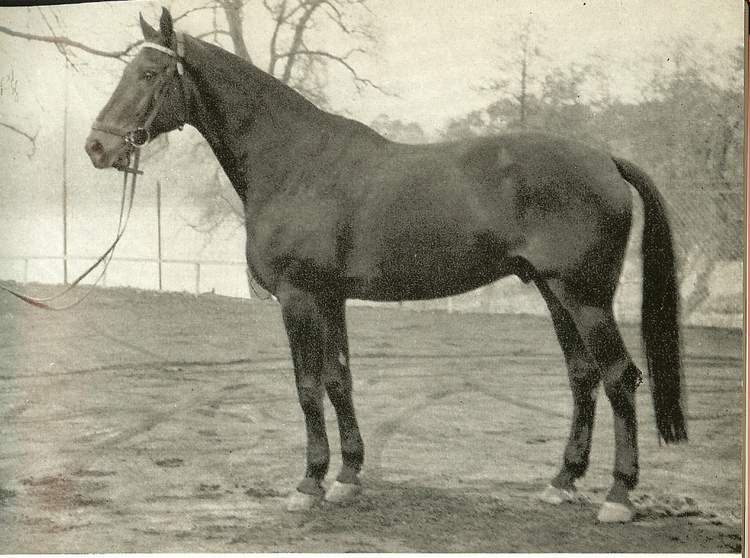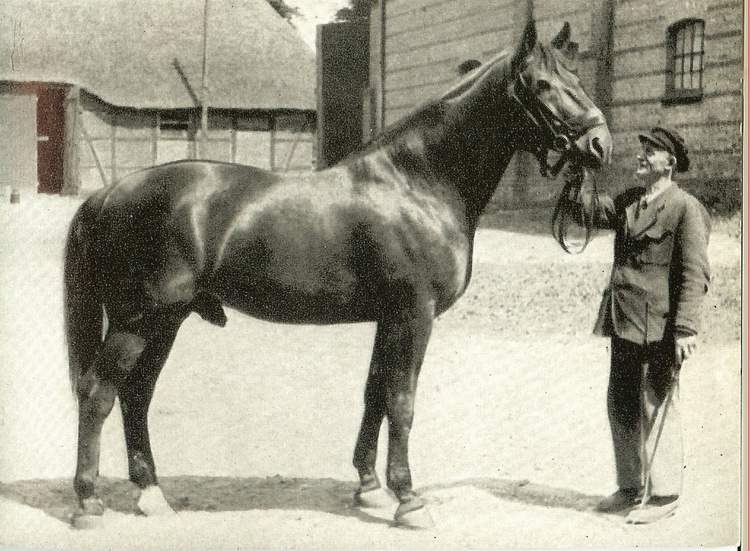

Mecklenburg


Introduction: If you have any comments or suggestions, please click here. The picture on the above left is of a Mecklenburg gelding; the one on the right is of a stallion.
Names: Mecklenburg, Mecklenburger.
Origin: East Germany. Mecklenburg. Stud: Redefin. This is a German breed which has passed through several stages. Although originally developed for drawing carriages and as a light-heavy draft type of cavalry horse, later on there were repeated infusions of English Thoroughbred blood, which resulted in a lighter, more active type of riding horse.
Breeding: One of the most important breeds in Germany up to the beginning of the nineteenth century. Mecklenburg stallions are part-founders of the Hanoverian breed, but have deteriorated through indiscriminate use of Thoroughbreds on the one hand and heavy Suffolk sires on the other. Attempts have been made to cross back to the old Mecklenburg breed since the beginning of this century (1900s), principally by means of Hanoverian stallions.
Description: General appearance of extraordinary hardness and sturdiness. No flabbiness or softness.
Action: Springy, high and active movements, especially in trot. Good walk, excellent galloping and jumping ability.
Body: Long, clean neck carried high; sometimes heavy. The heaviest-boned often have fine lines, especially back-line.
Color: Predominantly bay with dark legs; other colours less frequent, as are white markings.
Head: Sinuous, lean, expressive.
Legs: Generally absolutely regular with strong, clearly marked tendons and joints.
Size: 16 to 17 hands.
Temperament: Good character and placid temperament.
Features: Strong, mobile, warm-blood horse, the ideal type of which closely resembles the Hanoverian. Typical, light draught horse with pronounced riding horse features. Sturdy, with stamina.
Uses: Remounts for Napoleon's army.
Accomplishments:
Curiosities:
Profiles:
Conclusion: